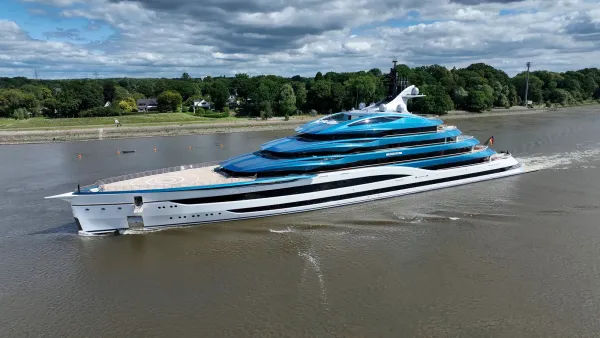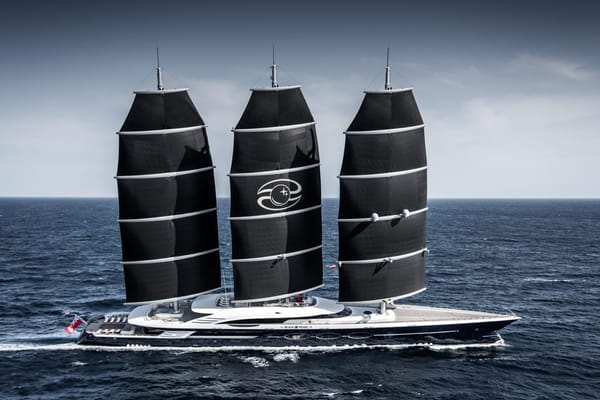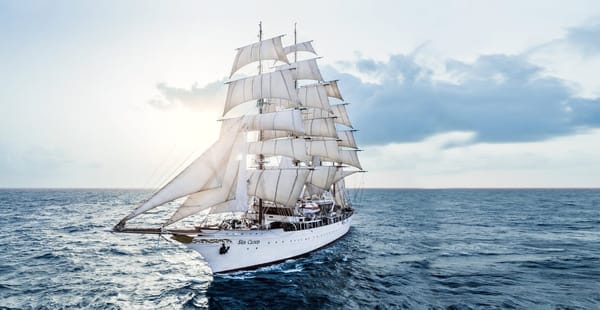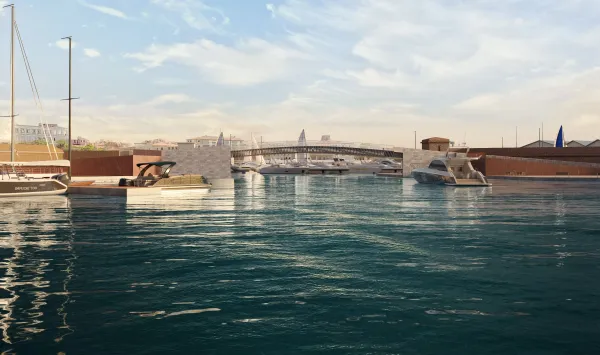The Bayesian Tragedy: A Wake-Up Call for the Yacht Industry
The Bayesian tragedy exposes critical yacht design flaws, urging urgent industry reforms to prevent future deadly maritime disasters.

The emergence of the wreckage of Bayesian off the coast of Porticello, Sicily, shines a stark light on our industry's vulnerabilities—a discomforting reminder of how much remains shrouded in uncertainty. This recent incident, however tragic, is a catalyst for the introspection and thorough examination that is urgently needed.
Here's the grim account: On 19 August 2024, the 56-meter Perini Navi yacht capsized in a matter of seconds while anchored off the Sicilian coast, resulting in the loss of seven lives. The repercussions of this incident extended further when, during salvage operations this May, an additional life was lost. The unfolding tragedy has not only captivated global attention but has also forced us to confront the hidden vulnerabilities in our operational and systemic procedures.
The interim report by the Marine Accident Investigation Branch (MAIB) calls into question several assumptions, from operational decisions made under duress to the very design of the vessel. Initially anchored off Cefalù, the captain decided to seek shelter in Porticello as storms loomed, expecting safer conditions. Yet, as the night unfolded, winds increased from a steady 8 knots to a violent 30 knots, heralding the onset of a mesocyclonic storm cell.
These fierce gusts propelled the vessel dangerously beyond its stability margins, a revealing calamity that took less than a mere 15 seconds to unfold. Survivors recount a swift response by the crew, with emergency beacons activated and lifeboats deployed, yet the swiftness of the storm negated these efforts. So, the question arises: why was Bayesian so perilously unfit to weather these conditions?
Post-incident analyses illuminated the precarious nature of the vessel’s stability. Reliant on its large single mast structure and light while under calm conditions, analysis showed catastrophic vulnerabilities when stationary, especially when the centreboard was raised—a common yet dangerous practice.
This incident serves as a clarion call across our industry, demanding more than just surface-level solutions. It beckons a reassessment of design paradigms that prioritize aesthetics and marketing over raw seaworthiness. We are posed with the uncomfortable reality that regulatory advancements must evolve to encapsulate real-world conditions—lest history repeats itself.
The MAIB’s upcoming final report will undoubtedly offer structured recommendations, but it is within our remit to act preemptively, ensuring that such dire circumstances serve a purpose greater than that of a mere lesson. We must seize this moment for the recalibration of design conventions, stability assessments, and operational protocols. Only then can we honor the lives lost by categorically safeguarding against a repeat of such tragedies.






